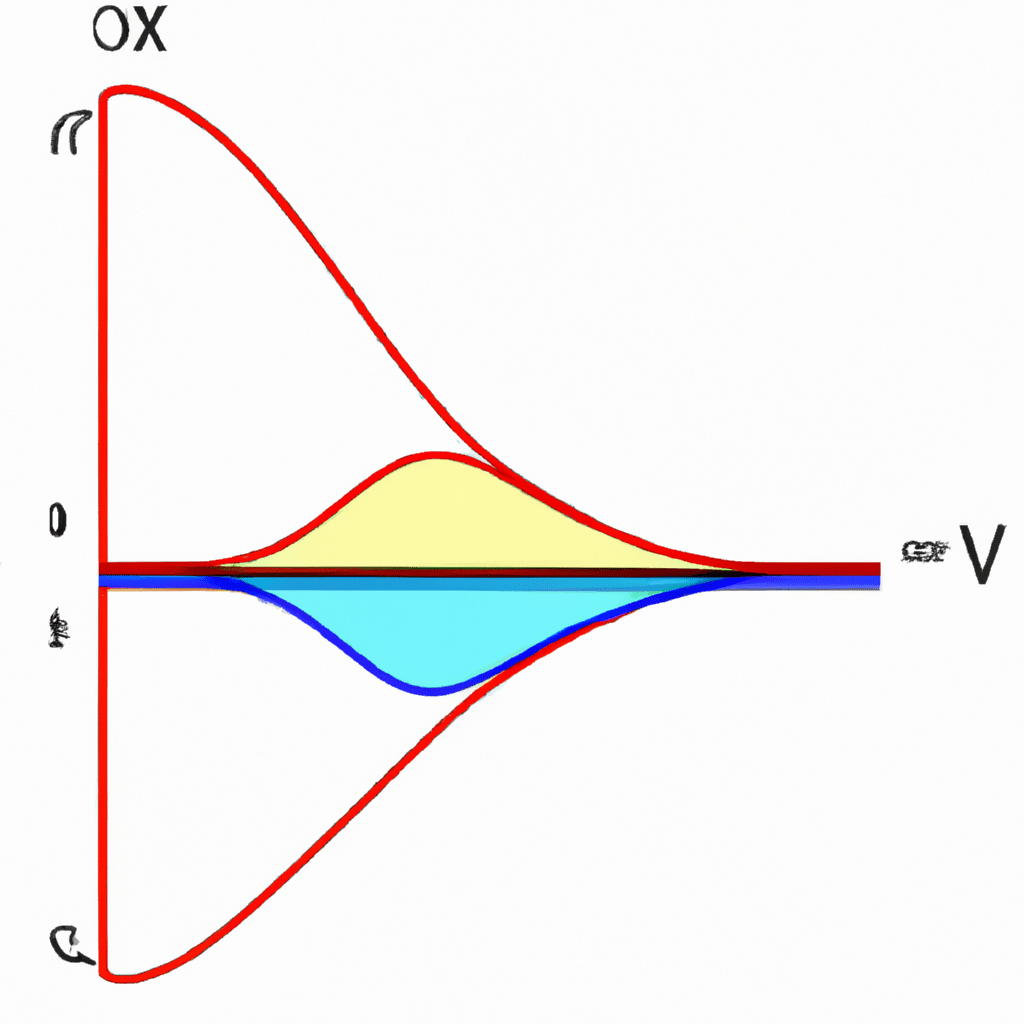Assumptions and limitations of Lorenz curve

The Lorenz curve is a powerful tool used in economics to visualize income distribution. However, it comes with assumptions and limitations. First, it assumes a closed economy, ignoring international income disparities. Second, it assumes that income is the only measure of well-being, disregarding other factors like education and healthcare. Third, it assumes that the distribution of income is static over time, neglecting any changes that might occur. Additionally, the Lorenz curve cannot capture the complex dynamics of an economy, such as the effects of economic policies or technological advancements. Despite these limitations, the Lorenz curve remains a valuable tool for understanding income inequality and informing policy decisions.
Read more
Statistical limitations of the Atkinson index

The Atkinson index, though popular for measuring income inequality, has statistical limitations. One limitation is its sensitivity to the underlying income distribution, which can cause inaccurate results. Another limitation is its inability to capture changes in the middle-income range, focusing only on extremes. Additionally, the Atkinson index assumes that individuals have equal marginal utilities of income, but this assumption may not hold true in reality. Besides, the index does not consider other factors, such as wealth inequality or social mobility, which are crucial in understanding overall inequality. Therefore, while the Atkinson index provides valuable insights, it should be supplemented with other measures for a comprehensive analysis of inequality.
Read more
Limitations of the Theil index

The Theil index, a commonly used measure of income inequality, has several limitations. Firstly, it does not take into account the distribution of incomes within each income group, only providing an aggregate measure. This limits its ability to capture nuances in inequality. Secondly, it assumes equal weights for each income group, which may not accurately reflect the real-world distribution of incomes. Additionally, the Theil index does not consider non-monetary dimensions of inequality, such as access to education or healthcare. Lastly, it is sensitive to changes in group sizes, which can lead to misleading interpretations of inequality trends. These limitations highlight the need for complementary measures to gain a comprehensive understanding of inequality.
Read more
Sampling and Data Limitations

Sampling and data limitations are crucial factors to consider when conducting research or analyzing data. Sampling refers to the process of selecting a subset of individuals or units from a larger population to study or collect data from. However, it's essential to recognize that the sample chosen may not fully represent the entire population, leading to potential inaccuracies. Data limitations, on the other hand, encompass issues like missing or incomplete data, measurement errors, or biases that may skew the results. These limitations highlight the importance of being cautious when interpreting and generalizing findings. Understanding these limitations is key to maintaining validity and reliability in research and drawing accurate conclusions.
Read more
Limitations of Gini coefficient.

The Gini coefficient, a widely used measure of income inequality, has certain limitations. One limitation is that it does not account for non-monetary forms of inequality, such as disparities in education or health. Additionally, the Gini coefficient assumes that income distribution follows a specific mathematical formula, which may not always reflect the complex reality. Another limitation is that the Gini coefficient does not indicate the causes of income inequality or suggest policy solutions. Furthermore, the Gini coefficient treats all income differences equally, without considering the potential impact of extreme wealth or poverty. Despite these limitations, the Gini coefficient remains a valuable tool for assessing income inequality within a given population.
Read more
Limitations

Limitations are a part of life, an inevitable reality that we must navigate. They can be frustrating, but they also offer us opportunities for growth and self-discovery. When faced with limitations, it's important to remember that they do not define us. Instead, they serve as a challenge to push ourselves beyond what we thought possible. Limitations force us to think creatively, to find alternative solutions, and to tap into our inner resilience. While they may restrict what we can do, they also provide a chance to explore new paths and uncover hidden strengths. Embracing limitations can lead to personal transformation and a deeper understanding of ourselves and the world around us.
Read more
Critiques and limitations of policy responses to income inequality.

Critiques and limitations of policy responses to income inequality are worth considering. One critique is that policies like raising the minimum wage may lead to job loss. Another limitation is that policies focusing solely on income redistribution may neglect underlying causes of inequality. Furthermore, some argue that policies targeting income inequality can stifle economic growth and discourage innovation. Additionally, policy responses may fail to address wealth inequality, which can be a more significant factor in overall inequality. Lastly, the effectiveness of policies can vary across different contexts, making it challenging to implement a one-size-fits-all solution. These critiques highlight the complexity of addressing income inequality through policy measures.
Read more
Limitations and restrictions

Limitations and restrictions are like invisible chains that weigh down our spirits and confine our potential. They create barriers and confinements, limiting the scope of our endeavors and dulling the vibrancy of life itself. Like a bird with clipped wings, we are unable to soar to the heights of our dreams and aspirations. These limitations can manifest in various forms - societal norms, cultural expectations, personal fears, or even physical impediments. They cast a shadow upon our creativity and stifle our true essence. However, within these confines, there exists an opportunity for resilience and growth. It is in transcending these limitations that we discover the breathtaking beauty of our own capabilities, defying the boundaries and reaching for the limitless sky.
Read more
Limitations of Theil index

The Theil index is a commonly used measure to assess income inequality, but it does have some limitations. Firstly, it does not consider the distribution of incomes within each group being analyzed, meaning it may overlook disparities within specific segments of the population. Additionally, the Theil index assumes that all individuals within a particular group share the same characteristics and experiences, which may not reflect the reality of diverse societies. Another limitation is its sensitivity to changes in the size of population groups, making it difficult to compare inequality between different time periods or across regions with varying population sizes. These limitations should be taken into account when using the Theil index as a measure of income inequality.
Read more
Limitations of Lorenz curve

The Lorenz curve, while a useful tool for understanding income inequality, has its limitations. Firstly, it only focuses on income distribution and does not account for other socio-economic factors such as wealth, education, or access to public services. Additionally, the Lorenz curve assumes a homogenous population, disregarding variations within different segments of society. It also does not provide information on the causes or drivers of inequality, making it difficult to develop targeted policies for reducing inequality. Lastly, the curve can be misleading if the income distribution is highly skewed or if there are extreme outliers. These limitations highlight the need for complementary measures and a more holistic approach to understanding and addressing inequality.
Read more












